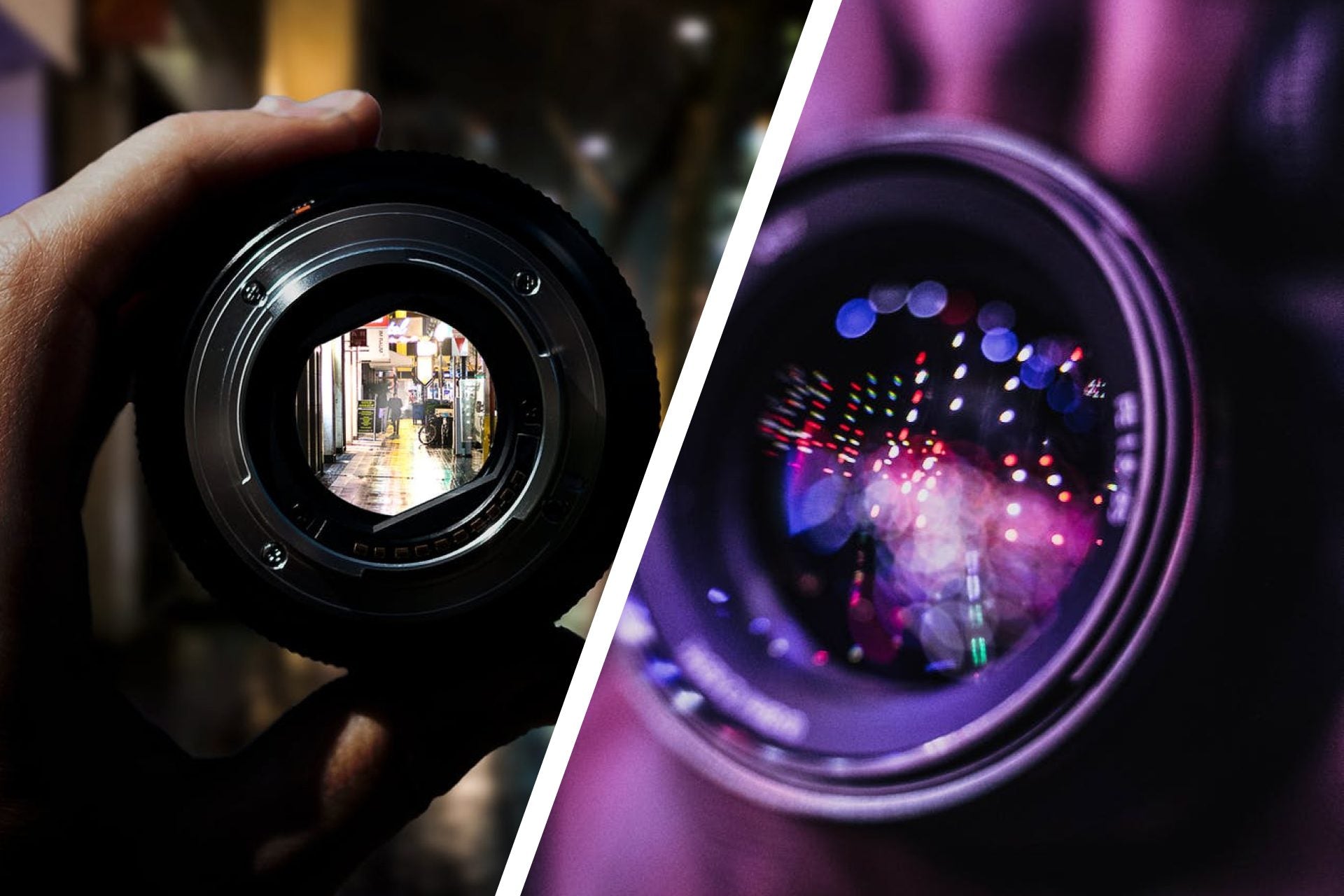
The Science of Optics & Digiscoping
Optics is the branch of physics that deals with the behavior and properties of light and its interaction with matter. It plays a crucial role in digiscoping, the art of taking photos or videos of distant objects using a combination of a spotting scope or binoculars and a camera or smartphone. In this blog post, we'll explore the science behind optics and how it impacts digiscoping.
The Basics of Optics
To understand how optics works, it's important to know some of the basic concepts. Light travels in straight lines and can be reflected, refracted, or absorbed when it interacts with matter. Reflection occurs when light bounces off a surface, while refraction happens when light passes through a medium with a different density, such as air and water. Absorption occurs when light is absorbed by an object and is not reflected or refracted.

Optical Instruments
Spotting scopes and binoculars are optical instruments that use lenses and prisms to magnify and focus light. A lens is a piece of transparent material, usually glass, that can bend or refract light. Convex lenses bulge outward and are thicker in the middle than at the edges, while concave lenses are thinner in the middle and bulge inward. Prisms are blocks of glass or plastic that can reflect or refract light.
Spotting scopes and binoculars typically use a combination of lenses and prisms to magnify and focus light. The objective lens is the lens closest to the object being viewed, while the eyepiece lens is the lens closest to the eye. The prisms are used to correct the image orientation and make it easier to view the object.

Optical Design
The optical design of a spotting scope or binoculars is critical to its performance. The design affects the quality and clarity of the image, the brightness and contrast, the color accuracy, and the field of view.
The most common type of optical design used in spotting scopes and binoculars is the Porro prism design. This design uses two prisms to reflect and invert the image, resulting in a more compact and lightweight instrument. Another type of design is the roof prism design, which uses two prisms that are arranged in a straight line, resulting in a more streamlined and compact instrument.

Aperture and Magnification
The aperture and magnification are two important factors that affect the performance of a spotting scope or binoculars. The aperture is the diameter of the objective lens and determines how much light enters the instrument. A larger aperture allows more light to enter and results in a brighter and clearer image, especially in low-light conditions.
The magnification determines how much closer the object appears, and it is determined by the combination of the objective lens and the eyepiece lens. A higher magnification allows for greater detail and a closer look at the object, but it also reduces the field of view and makes it more difficult to keep the image steady.

Conclusion
Optics is a fascinating and complex field of science that plays a critical role in digiscoping. Understanding the basic concepts of optics and how they apply to spotting scopes and binoculars can help you choose the right instrument for your needs and improve your digiscoping skills. Factors such as optical design, aperture, and magnification all impact the performance of your instrument and the quality of your digiscoping images and videos. With a solid understanding of optics, you can take your digiscoping to the next level and capture stunning images of the world around you.